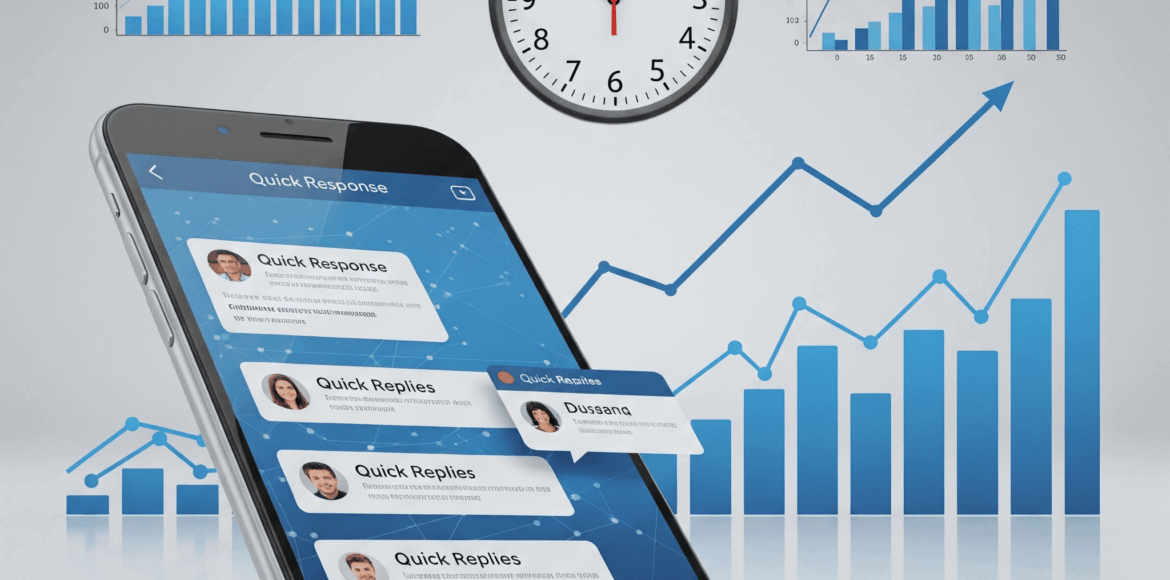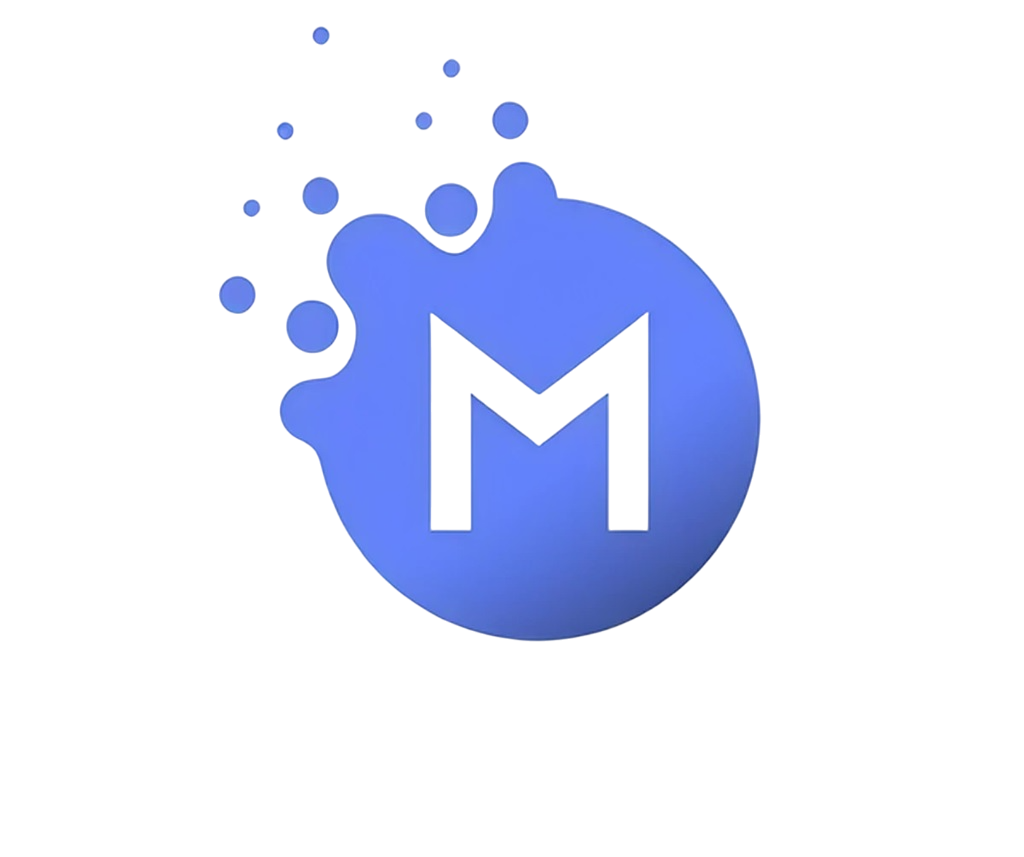Fast Responses: Boost Sales by 40% in Conversational Channels

In today’s fast-paced digital world, immediacy has become a fundamental currency. Customers expect quick and efficient responses to their inquiries, and businesses that fail to meet these expectations risk losing valuable opportunities. In this context, optimizing your quick response strategies across conversational channels (such as WhatsApp, live chat, social media, etc.) is not just a courtesy, but a powerful lever to increase your sales by up to a surprising 40%.
But why does a quick response have such a significant impact on your bottom line? Let’s analyze the key factors behind this phenomenon:
1. Captures the Impulse to Buy:
A customer who contacts your business through a conversational channel is usually in an advanced stage of the buying process, or at least has a genuine interest. A quick and helpful response at that precise moment seizes that impulse. If you take too long to respond, that interest may cool off, the customer may find another solution, or simply lose patience. An immediate response keeps the conversation alive and allows you to guide them towards conversion.
2. Improves Customer Experience (CX):
In a market saturated with options, customer experience has become a crucial differentiator. A quick response demonstrates that you value your customers’ time and are willing to address their needs efficiently. This attention generates a positive impression, fosters trust, and builds a stronger relationship. A customer satisfied with the attention received is much more likely to make a purchase and become a repeat customer.
3. Accelerates the Sales Cycle:
Quick responses allow you to resolve doubts and concerns agilely, eliminating bottlenecks in the sales process. Whether it’s a question about product features, payment methods, or delivery times, an immediate answer prevents the customer from getting stuck and delaying the purchase decision. By streamlining communication, you reduce the time between the first contact and the conversion.
4. Increases Your Team’s Efficiency:
Implementing quick response strategies not only benefits the customer but also your sales or customer service team. By having predefined templates for frequently asked questions, your agents can respond more efficiently, dedicating more time to complex inquiries or closing deals. This translates to increased productivity and better resource management.
5. Reduces Abandonment Rate:
In an online environment, the competition is just a click away. If a customer doesn’t get the information they need quickly, they are very likely to look for alternatives. Quick and accurate responses reduce customer frustration and lower the abandonment rate on your conversational channels, preventing the loss of potential sales.
Concrete Examples and Tips to Optimize Your Quick Response Strategies:
To achieve that 40% increase in your sales, it’s not enough to respond in just any way. It’s crucial to implement a well-defined strategy, accompanied by concrete actions:
Identify and Categorize Your Frequently Asked Questions (FAQ):
Example: Analyze chat histories, emails, and social media comments to identify the 20 most common questions.
Tip: Create broad categories (shipping, payments, product features, returns) to organize your response templates.
Create Clear and Concise Response Templates:
Example of a template for shipping inquiries: “Hi [Customer Name]! Thank you for your inquiry. The shipping cost to [location] is [price], and the estimated delivery time is [timeframe]. Do you have any other questions?”
Tip: Keep templates brief, direct, and with a friendly tone. Include links to relevant pages on your website if necessary.
Personalize Your Interactions:
Example: Use the customer’s name at the beginning of the response. If you know about their previous purchase, refer to it to show you remember their history.
Tip: Avoid generic responses. Slightly adapt the template if necessary to better suit the customer’s specific question.
Implement Chatbot or Intelligent Automated Response Tools:
Example: Set up a chatbot on your website that answers basic questions about opening hours, location, or order tracking 24/7.
Tip: Ensure your chatbot can transfer the conversation to a human agent if the query is more complex or requires personalized attention.
Define Response SLAs (Service Level Agreements):
Example: Set a goal to respond to all WhatsApp inquiries in under 5 minutes and live chat messages in under 1 minute.
Tip: Communicate these response times to your team and use tracking tools to measure compliance.
Train Your Team in Effective Communication:
Example: Conduct workshops on active listening, empathy, and quick response techniques. Teach them how to use response templates correctly and handle difficult situations.
Tip: Foster a collaborative environment where agents can share best practices and create new templates as needed.
Use Keyboard Shortcuts and Text Snippets:
Example: Configure keyboard shortcuts for frequently used phrases or responses, such as “Thank you for contacting us” or “We are reviewing your request.”
Tip: Most live chat platforms and some messaging apps allow you to create these shortcuts to speed up typing.
Integrate Your Conversational Channels:
Example: Use a unified conversation management platform that allows you to see all interactions from the same customer across different channels.
Tip: This prevents the customer from having to repeat the same information multiple times and facilitates more consistent service.
Request Feedback from Your Customers:
Example: After an interaction, send a brief survey asking about their satisfaction with the service and whether their query was resolved efficiently.
Tip: Use this feedback to identify areas for improvement in your quick response strategies.
An Innovative Option with Artificial Intelligence:
For even greater optimization and to offer instant and personalized responses at scale, an innovative and current option is the implementation of Artificial Intelligence (AI). Virtual assistants powered by AI can handle answering frequently asked questions, providing basic information about products and services, and even guiding customers through simple purchase or troubleshooting processes, all instantly and available 24/7. We will delve deeper into how AI is transforming customer service in our next article.

